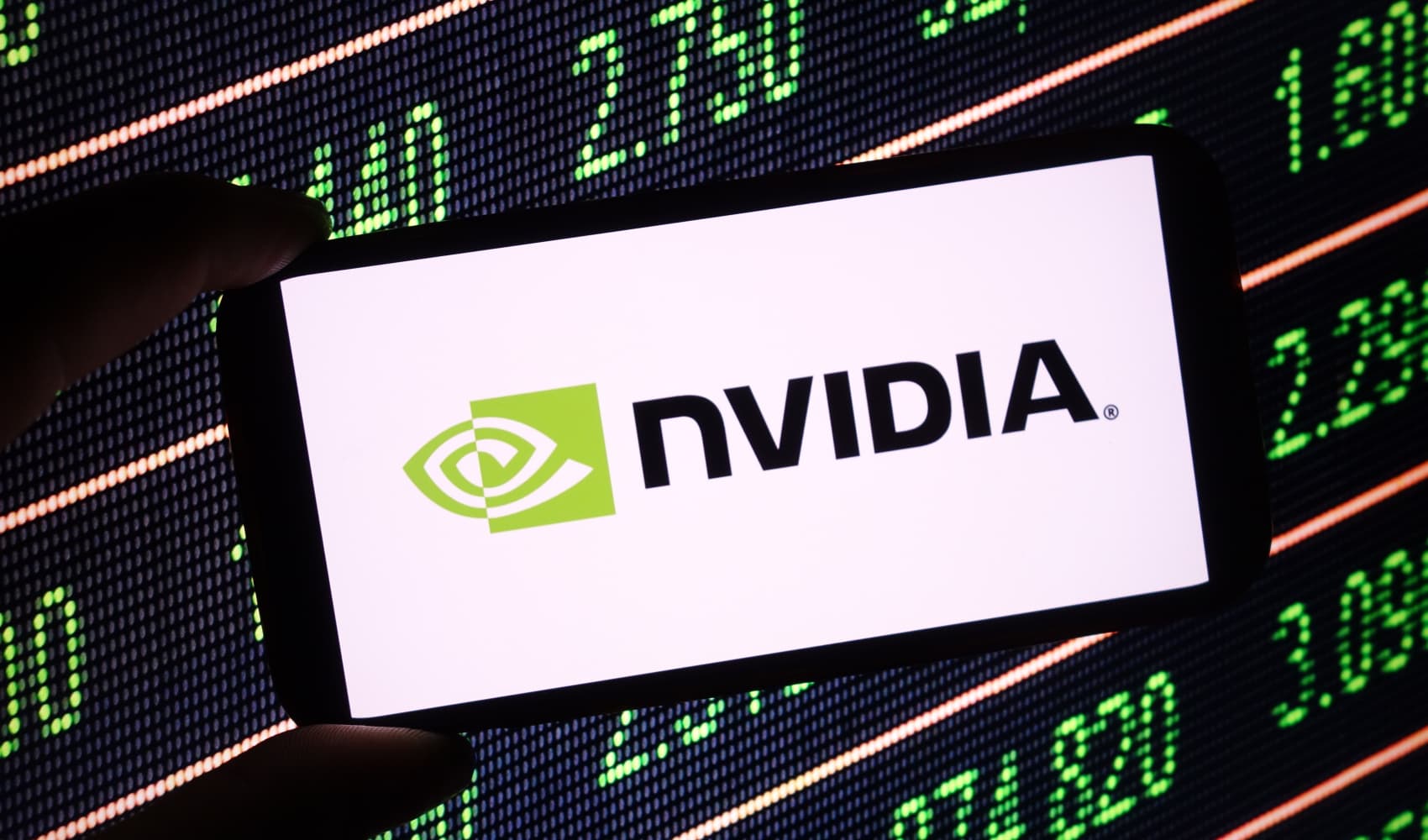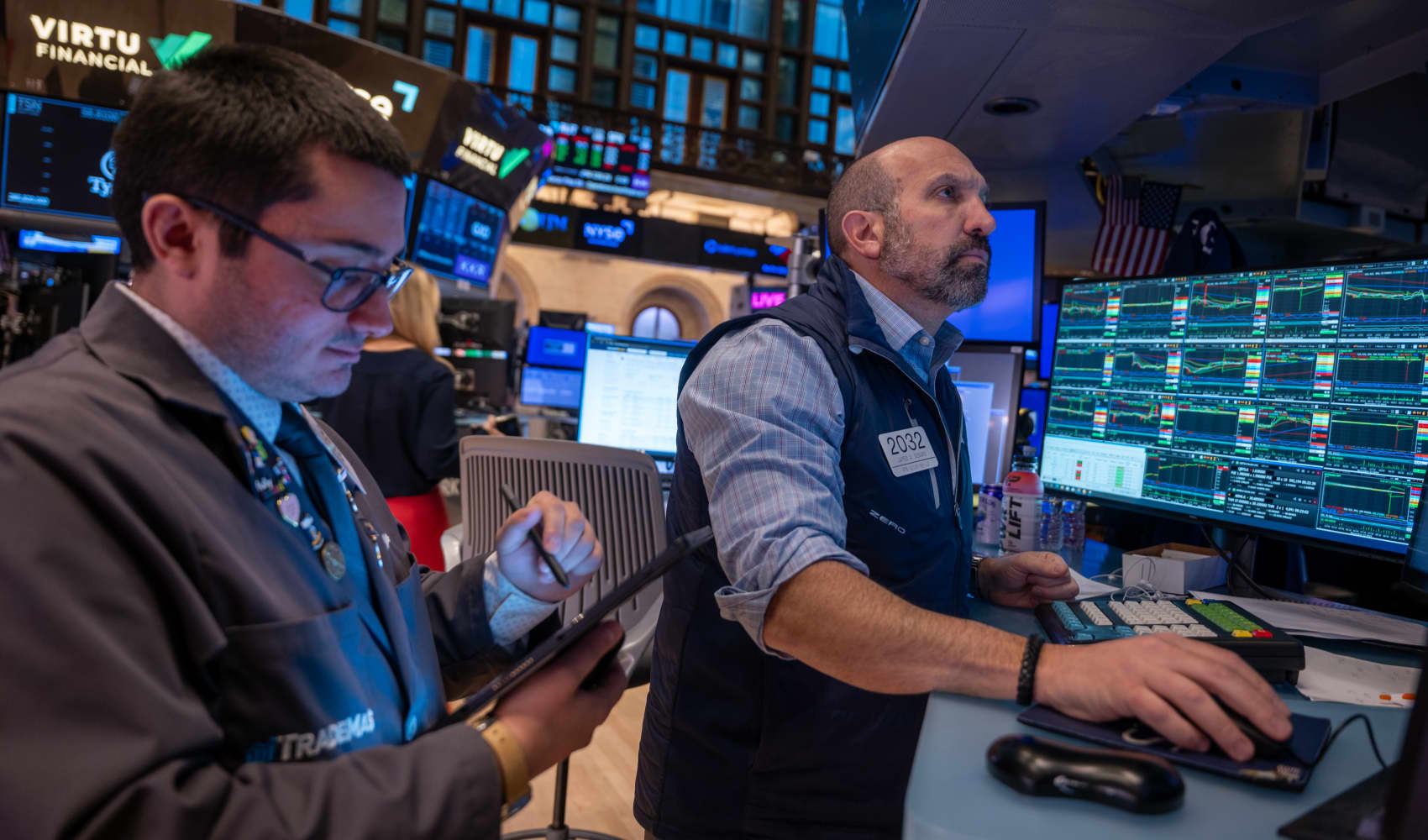
- After saving money into pretax retirement accounts, you will eventually face mandatory withdrawals, known as required minimum distributions, or RMDs.
- While many worry about the tax hit, RMDs could offer a chance to improve your portfolio, experts say.
- You could use RMDs to rebalance your asset allocation or adjust your tax location for future growth.
After funneling money into pretax retirement accounts, you will eventually face mandatory withdrawals in retirement known as required minimum distributions, or RMDs.
Since RMDs can trigger higher taxes, the withdrawals can be a nuisance for some retirees who do not need the money. But the yearly activity could offer a chance to improve your portfolio, experts say.
"Ultimately, you look at your portfolio and say, what do I want to trim?" said certified financial planner Matthew Saneholtz, chief investment officer and senior wealth advisor at Tobias Financial Advisors in Plantation, Florida.
Get top local stories in Southern California delivered to you every morning. Sign up for NBC LA's News Headlines newsletter.
More from Personal Finance:
Trump vs. Harris: Here's how the election could affect your taxes
Parents boost college savings to shield kids from 'crushing' student loan debt
How EVs, gasoline cars compare on total cost — where you live makes a difference
Since 2023, most retirees need to begin RMDs by age 73, based on changes enacted by Secure 2.0. That age jumps to 75 starting in 2033.
While the annual RMD deadline is Dec. 31, you will have until April 1 after the year you turn 73 to make your first RMD. If you skip yearly RMDs or do not take enough in a given year, there is a 25% penalty on the amount you should have withdrawn.
Money Report
Rebalance your investments
Your asset allocation, or investment mix, drifts throughout the year as markets move. But you can use RMDs to shift assets back to your intended percentages, based on risk tolerance, goals and timeline.
"Every client in my practice has a target asset allocation, so I sell a holding from whichever asset class or classes they happen to be overweight in at the time," which is typically U.S. stocks, said CFP Paul Winter, president of Five Seasons Financial Planning in Salt Lake City, Utah.
As you weigh assets to sell, you should avoid selling investments when they are down to avoid the so-called sequence of returns risk, which can shrink your portfolio over time, experts say.
Withdrawing assets during stock market downturns could mean selling more investments for the same-sized RMD. That could leave fewer investments to capture future growth when the market rebounds.
Shift your 'tax location'
You can also use RMDs to adjust your "tax location," or the types of investments in certain accounts to minimize future levies, Saneholtz said.
Withdrawals from pretax retirement accounts incur regular income taxes, depending on your federal bracket, and brokerage accounts are subject to capital gains taxes. Meanwhile, Roth accounts generally grow tax-free.
If you do not need the RMD, you could use funds to reinvest in a brokerage account. While the move would not reduce current-year taxes, future asset growth could have more favorable capital gains tax treatment.






